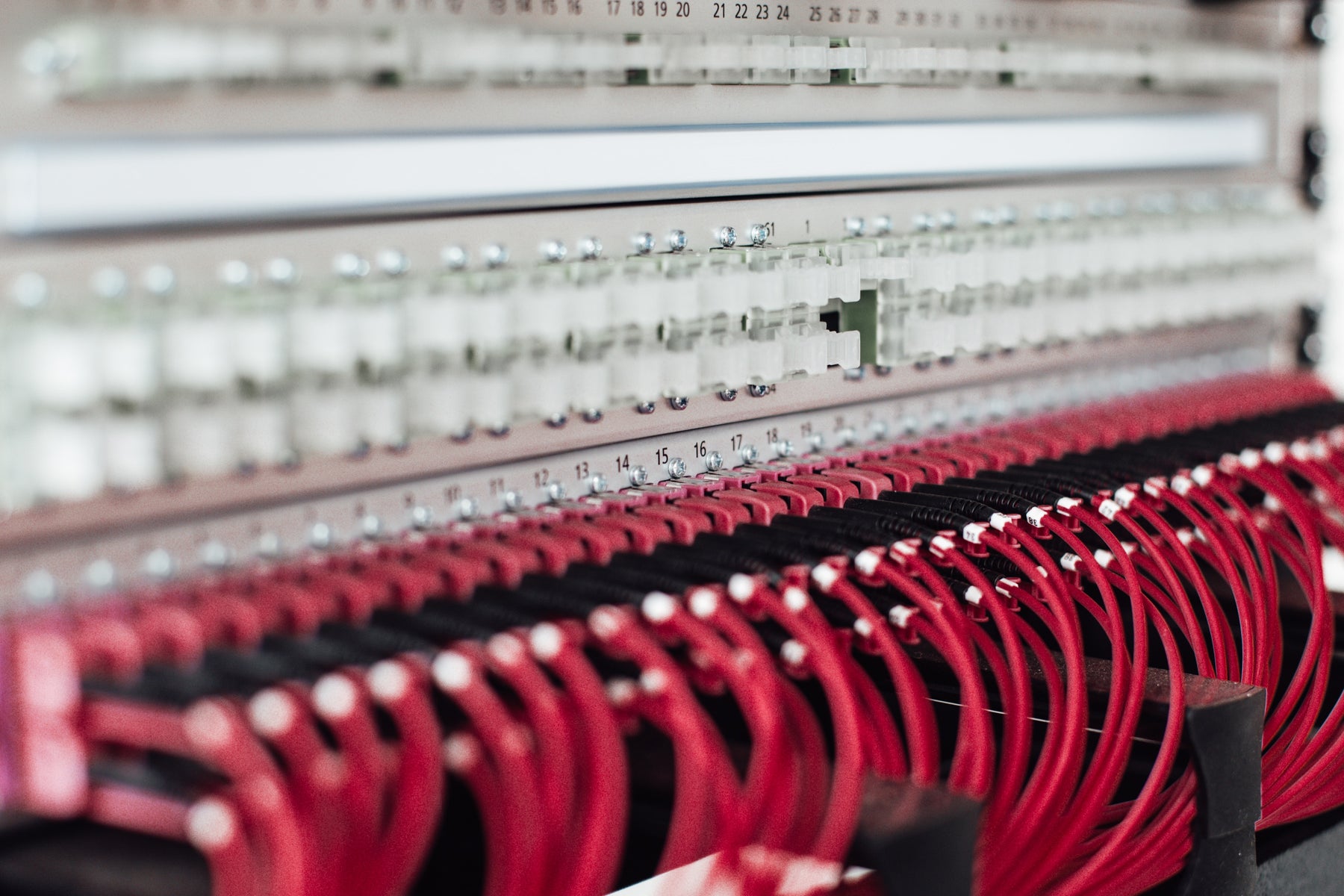
Wiring Guide for all Professional Installers
What is the cable used for?
Does this power cord cause wear and short circuit?
Will a 200m wiring video cable affect the transmission?
We believe that you may encounter many problems during the wiring project or equipment use. Here we will tell you how to choose a suitable wiring scheme.
Power cable
The general specifications of power cords currently used in the monitoring industry are RVV2*0.5, RVV2*0.75, and RVV2*1.0. For example, RVV2*1.5 —2 means 2 cores, 1.5 means the nominal cross-section of one core in the RVV cable.
Ps: The nominal cross-section of the cable is used to express the specification and model of the wire product. It is only the code or name of this specification, but it does not require the actual test cross-sectional area to be greater than or equal to the nominal cross-sectional area. According to the requirements in the relevant standards, the judging standard for each specification cable is its maximum DC resistance.
When a centralized power supply is used, the greater the number of loads, the higher the requirements for power supply and wire materials needed considering the voltage drop.
Under normal circumstances if more than 8 cameras are connected, the 2*0.75 power cord should be selected when the monitoring distance is less than 20 meters. The 2*1.0 power cord should be chosen when the monitoring distance is less than 40 meters. It is not recommended to use a centralized power supply when the monitoring distance is more than 40 meters.
Tips
- According to the relevant national standards, the total power requirement is not more than 100W at a voltage less than or equal to 30V, such as DC12V, and the total current is not more than 8A;
- No matter how long the power supply distance is, the load voltage must not be lower than the voltage range required by the electrical equipment. If the long-distance power supply cannot reach the rated voltage of the electrical equipment, it is recommended to shorten the power supply distance.
Video cable
SYV75 ohm series coaxial cable is recommended to use: SYV75-3/7:75 represents an impedance of 75 ohms, and -3 represents 5/7 refers to the outer diameter of the insulation.
The thickness of the wire transmission distance references are as follows:
When 0m<distance ≤200m, please use SYV-75-5 (96 series) coaxial cable.
When 200m<distance≤350m, please use SYV-75-5 (128 series) coaxial cable.
When 350m<distance ≤500m, please use SYV-75-7 coaxial cable.
SYV refers to the solid polyethylene insulated radio frequency coaxial cable. (S-coaxial radio frequency cable, Y-polyethylene, V-polyvinyl chloride.)
Network cable
In terms of electrical performance, the commonly used network cables mainly include Category 5, Category 6, and Category 6 Ethernet. The larger the type number, the newer the version, the more advanced the technology, and the wider the bandwidth.
It is recommended to use an unshielded Category 5/6 twisted-pair cable for running 100M/1000Mbps Ethernet.
For environments with extreme interference, such as power plants, substations, sizeable electronic equipment, induction cookers, microwave ovens, etc., shielded network cables must be selected. If it is elevator wiring, you need to choose a dedicated elevator network cable with steel wire.
Tips
- To achieve a gigabit network, network cables, crystal plugs, and switching equipment must meet gigabit standards.
- The transmission distance of the network cable should not exceed 100 meters. Otherwise, it will cause data packet loss, intermittent video signals, and even abnormal connecting. More than 100 meters can be extended by the switch connection, and the number of switches in each section of the line is not more than three. If the installation environment is complicated and there are interference sources, you need to use a shielded network cable.
Optical fiber
The transmission distance is too far, and the optical fiber transmission method is needed.
Optical fiber transmits signals in the form of light pulses, so the material is mainly glass or plexiglass. It consists of a fiber core, a cladding, and a protective cover.
Optical fiber is divided into a single-mode optical fiber and multi-mode optical fiber.
Single-mode optical fiber is mainly used in monitoring, and the photoelectric converter is used to realize signal transmission. The farthest transmission distance can reach tens of kilometers, and the transmission effect is stable, and the wiring is convenient.
Other types of cables
RS485 Cable
It is recommended to use a 2-core shielded communication cable (RVVP) or category 3 unshielded digital communication cable (UTP)
Alarm Input Cable
It is recommended to use twisted-pair wire, which is generally formed by two 22-26 gauge insulated copper wires twisted with each other.
Alarm Output Cable
It is recommended to use ZR-RVS-2*1.5 twisted pair.
ZR-RVS-2*1.5, ZR refers to flame retardant, R refers to the flexible wire, V refers to polyvinyl chloride insulation, S refers to twisted pair, 2 refers to 2 cores, and 1.5 refers to cross-sectional area.
Audio Cable
Using a 4-core shielded communication cable (RVVP) or category 3 unshielded digital communication cable (UTP) is recommended.
Ground Wire (Yellow-Green)
The grounding wire must be made of bare copper flexible wire above 25mm².
Wiring skills
Outdoor wiring
Outdoor wiring can be aerial or buried. Whether aerial or buried, threading pipes must be used to protect the wires and make the project more beautiful.
Indoor wiring
Indoor wiring can use bridges or trunking, and on special occasions, need to use galvanized steel pipes, explosion-proof hoses, etc. Metal hoses or PVC pipe sleeves with flame-retardant materials can be used for wiring at the ceiling and ceiling.
Tips
The standard selection of the line duct can be selected based on the total area of the wire passing through the line tube (including the outer skin) and does not exceed the limit of 70% of the cross-sectional area of the inner hole of the tube. (Generally, you can choose 16Ф or 20Ф line pipe for household surveillance video)
Want to know more about wiring or have any questions? Feel free to contact us and get our professional technical support!

Leave a comment